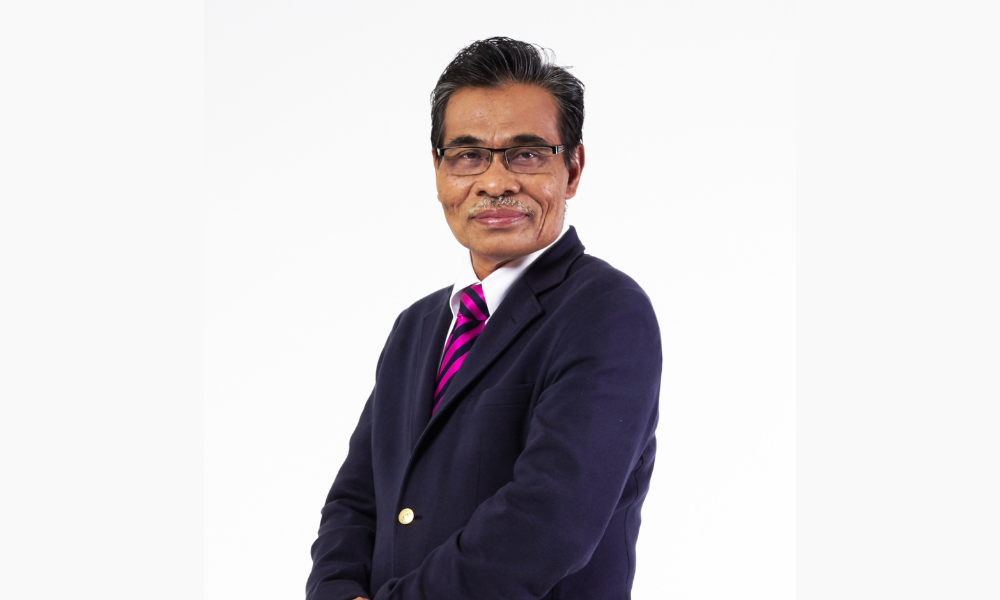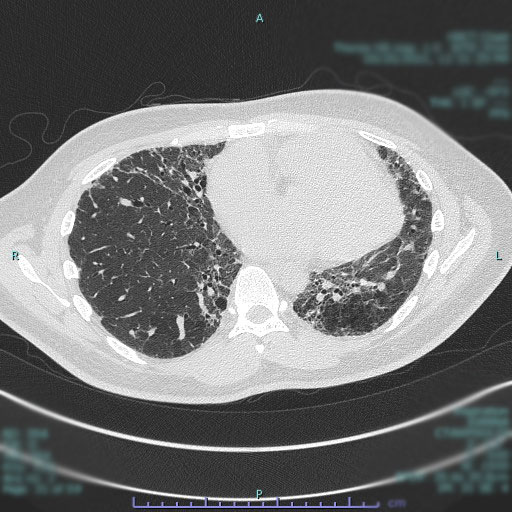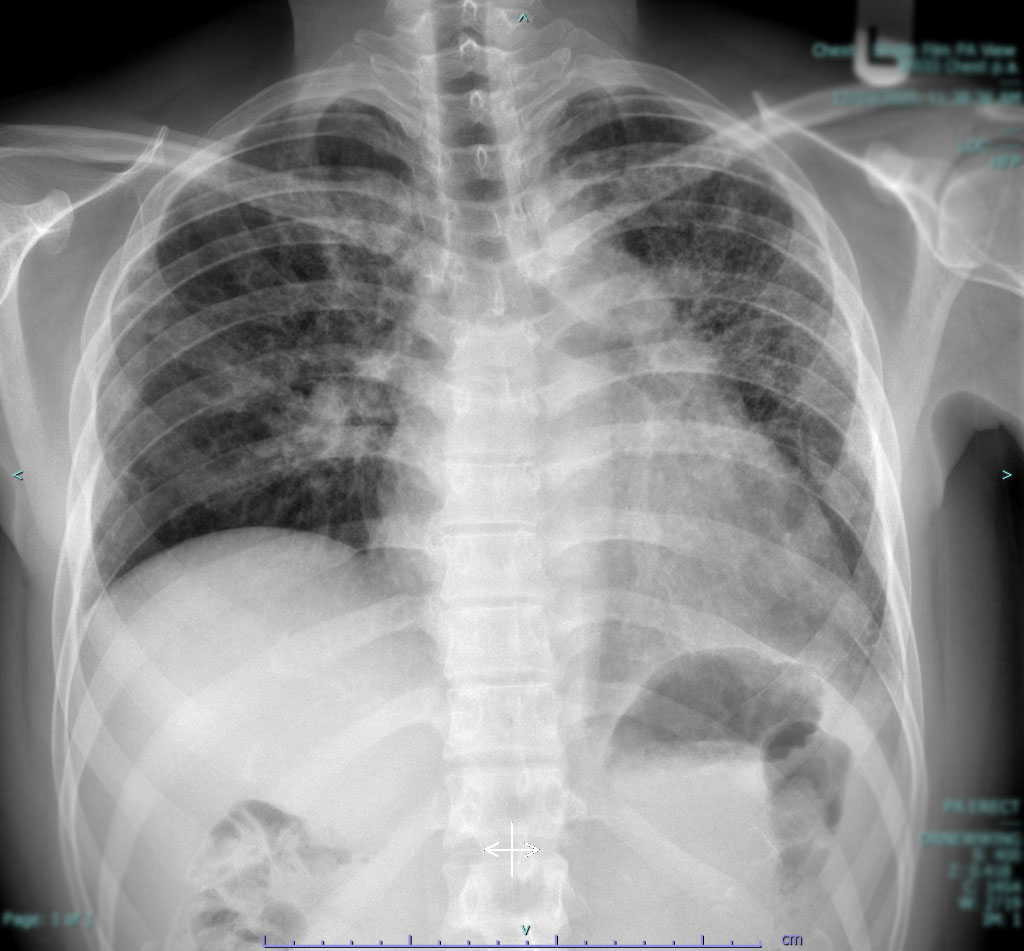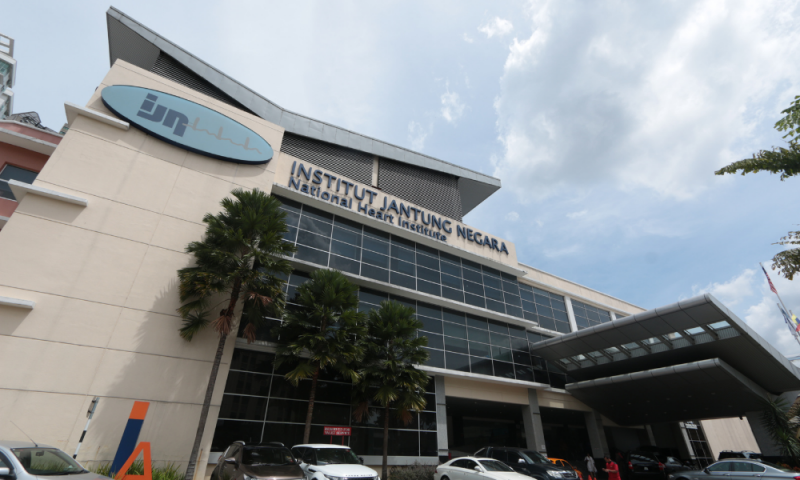Improving lung health after Covid-19
While many are aware of what Covid-19 symptoms look like by now, less is understood about the possible long-term effects of the infection. As such, medical practitioners are now facing a new challenge presented by the pandemic – managing the care of post-Covid-19 patients.
In Malaysia, one of the health professionals working on this issue is Dr Ashari Yunus, a consultant respiratory medicine, Institut Jantung Negara (IJN). He is part of IJN’s multi-disciplinary team dedicated to post-Covid-19 care, which comprises of specialists from various related fields such as cardiology, anaesthesiology, and physiotherapy.

Dr Ashari explains that since the long-term effects of the virus are still unclear, it is crucial that Covid-19 patients are monitored even after they are discharged. “This is especially important for those who have experienced severe symptoms during the infection; we want to make sure that they do not subsequently develop further complications later on,” he says.
How does Covid-19 affect the body?
In general, the lungs are the organ most affected by the virus, explains Dr Ashari. “It can also affect the circulation system, as well as the kidney, liver, and heart – but the virus’s effects on the lungs are the main cause of concern. Since the virus is capable of spreading very quickly in the community, vaccines are our best option to prevent the infection in the first place,” he adds.
Among the effects of Covid-19 on the lungs include pneumonia, where the inflammation of lung tissue causes the air sacs in the lung to fill up with fluid, which it can lead to Acute Respiratory Distress Syndrome (ARDS), or “wet lung”, where fluid from the circulation system leaks into the lung. As a result, it may lead to a patient lacking oxygen to the rest of the body.
“It’s these categories of patients who usually require ventilators, to make sure there is an adequate supply of oxygen to the body,” says Dr Ashari.
“Those who are especially prone to developing such complications are the elderly, those with existing respiratory conditions, as well as those with other co-morbidities such as hypertension, diabetes and obesity.”
He is also quick to add that smokers are in the high-risk group as well, since smoking has a long-proven link to lung and respiratory conditions. “Cigarette smoking can cause damage to the airway track as well as tissue damage in the lungs – this makes it easier for infections to enter into your lungs. In turn, this sort of lung damage makes smokers even more susceptible to longer-term complications from a Covid-19 infection.”
Minimising risks for the long-term
In general, IJN’s post-Covid 19 care services are aimed at managing and monitoring patients for symptoms even after they have recovered from the infection. Dr Ashari reiterates that there is currently no single established mode of treatment for post-Covid 19 complications. “What we can do is monitor the patient to watch out for potential warning signs of further lung damage or other complications. This is especially important for those who have experienced severe symptoms during the infection to the point of requiring ventilators; this group is particularly at risk of developing other lung-related complications,” he says.
As such, the methods of care management employed by the Thoracic Centre vary depending on a particular patient’s needs. For instance, those who have mild ongoing symptoms may simply require lung rehabilitation therapies such as breathing exercises. On the other extreme, patients with severe lung damage may need long-term support such as oxygen to help with their breathing.
“It really depends on how damaged a patient’s lung is, in addition to any other co-morbidity they may have. This is why we have experts from various fields on the team; we need to look at a patient’s specific health profile and need to recommend the best course of action. Our expertise extends all the way up to performing lung transplants, as a last resort measure,” says Dr Ashari.
However, there is one specific long-term condition, Dr Ashari and his team look out for in particular: pulmonary fibrosis. Widely reported to be found in severe Covid-19 cases, pulmonary fibrosis occurs when lung tissue becomes damaged and scarred. This thickened scar tissue affects the lung’s function, and can cause severe breathlessness as a result.

“Lung fibrosis is irreversible, that’s why it’s a major cause for concern,” says Dr Ashari. “If we detect it at an early stage, it can still be managed with medication or treatments such as oxygen therapy and pulmonary rehabilitation to ease symptoms and slow the progression of the disease. Unfortunately, if it’s only detected in the late stages, the prognosis is not very promising.”
For post-Covid patients in particular, pulmonary fibrosis tends to occur within 2 to 4 weeks after the virus has cleared from the body. “This is why we encourage regular screening and follow-ups for patients recovering from the infection. Aside from pulmonary fibrosis, we also make sure to screen high-risk patients to make sure that there is no further damage to the lungs,” says Dr Ashari.

Dr Ashari adds that even those who have only experienced mild symptoms from a Covid-19 infection should continue taking care of their health after recovery. “If you continue experiencing symptoms after the infection such fatigue, coughing, breathlessness, and chest pains, don’t shy away from a follow-up with your doctor. This is still an evolving disease, and it is best to take preventive measures for the sake of your long-term health,” he says.
Specialised thoracic care
IJN’s post-Covid care services are one part of its newly set up Thoracic Centre. While the hospital has long provided cardiothoracic care for its patients, the Thoracic Centre aims to further expand on these services by providing even more specialised heart and lung treatment.
To this end, the team at the Thoracic Centre comprises of health professionals from a variety of diverse fields; including consultant respiratory medicine, cardiothoracic surgeons, anaesthetists, cardiologists, physiotherapists, staff nurses, radiologists, and dietitians.
“We want to look at chest health in a holistic way,” says Dr Ashari of this multi-disciplinary team. “So when a patient comes in complaining of lung problems, we are able to investigate the underlying causes of their ailments in a well-rounded way so that we can recommend treatments that tailored to the patient’s particular set of needs.”
One of the most common respiratory issues seen at the centre is pulmonary hypertension, a form of high blood pressure that affects the arteries in the lungs as well as the right side of the heart. There are 5 categories of pulmonary hypertension, classified by the various underlying causes that lead to the condition, and the Thoracic Centre sees patients across all these categories.
“What we’re looking to introduce next is innovative and high-tech surgery for chronic thromboembolic pulmonary hypertension (CTEPH),” adds Dr Ashari. “This is a condition where the pulmonary artery is blocked by blood clots, which can cause very serious consequences for the patient. There is significant need for such treatment not just in Malaysia, but the region as well, and we already have the expertise to tackle this.”
For more information, head to IJN’s Health and Wellness packages as they offer more comprehensive testing and consultations.
RM12.50 / month
- Unlimited access to award-winning journalism
- Comment and share your opinions on all our articles
- Gift interesting stories to your friends
- Tax deductable
